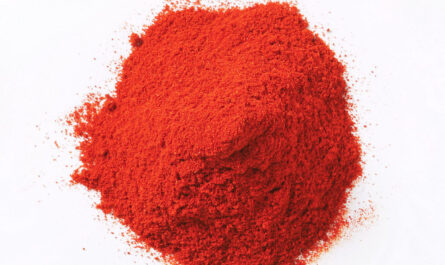The Surprising Versatility of Latex Ink
History and Origin of Latex Ink
Latex ink traces its origins back to the 19th century when rubber latex was first experimented with as an ink additive. The earliest commercial latex inks were developed in the 1920s and gained popularity as a low-cost alternative to traditional carbon-based inks. Unlike oil-based inks, latex inks are water-based and are made by dispersing natural or synthetic rubber particles in water. This produces a creamy, milk-like substance that is non-drying and allows the pigments and other ink components to remain suspended when applied to various surfaces.
How Latex Ink Works
At its core, latex ink relies on polymer chemistry to achieve its unique properties. The key components are the rubber latex particles and water. The pigments and additives get trapped inside the microscopic latex spheres suspended in water. When printed or applied, the water evaporates leaving behind a thin, flexible film of the dried latex binder embedded with colorants. This film-forming quality gives latex ink its versatility across different applications. Unlike oil-based inks that soak into papers, latex inks sit on the surface forming a durable coating that is resistant to water, sunlight, abrasion and other environmental factors.
Some key attributes of latex inks include:
– Film Formation: As the water evaporates, the latex particles fuse together to form a rubbery, flexible film.
– Opacity: Dense, impenetrable films provide excellent opacity and hiding power.
– Fast Drying: Latex inks dry quickly through air drying without extended heat curing.
– Water Resistance: The rubber film repels water and protects the underlying substrate.
– Durability: Films resist cracking or flaking even under harsh conditions.
– Flexibility: Films remain flexible and are not brittle like other coatings.
– Rehydration: Dried latex films can be reactivated with water and remixed.
Applications of Latex Ink
Thanks to the unique film-forming properties, latex inks have found applications across various fields:
– Screen Printing: Commonly used for Transfer Printing on fabrics, plastics and other porous/non-porous materials. The inks resist wash cycling well.
– Signage & Display Printing: Outdoor signage relies on latex inks for legibility, opacity and durability against UV light and moisture.
– Wallpaper Printing: Latex inks provide vibrant colors, opacity, washability for wallpapers.
– Decals & Stickers: Removable and repositionable decals use latex due to its flexibility and adherence to most surfaces.
– Plate Lithography: Publications and packaging use latex for high-quality presentation in sheet-fed offset lithography.
– Tattoo Inks: Hypoallergenic, vibrant permanent tattoo pigments use latex as the carrier medium.
– Architectural Coatings: Roof coatings, deck sealants, and similar applications leverage latex’s weather resistance.
Advantages of Latex Ink
Some key advantages that explain the enduring popularity and versatility of latex inks include:
– Low Cost: Being water-based, latex inks are cheaper than solvent-based alternatives to manufacture.
– Environmental Friendliness: No hazardous VOCs emitted during drying like oil-based inks. Safer and more sustainable.
– Universal Application: Can be used across different print technologies and on varied materials from paper to plastics.
– Vibrant, Saturated Colors: Latex pigments provide rich, opaque shades that retain brightness for long.
– Fast Drying: Latex films set quickly through air-drying without expensive heating appliances.
– Flexibility: Remains flexible even after drying, suitable for applications with bending/folding.
– Water Resistance: Forms tough, waterproof barriers after drying ensuring durability of print jobs.
– Archive Quality: Prints last for decades without fading when used on papers suited for long-term storage.
Challenges with Latex Ink
While latex inks have many advantages, a few challenges still remain:
– Perishability: Shorter shelf life compared to other stable ink types requiring preservatives.
– Variability: Performance depends on substrates which need compatibility testing for each new application.
– Static Issues: Dry latex films tend to accumulate dust and attract dirt due to static charge requiring careful handling.
– Incompatibility: Cannot be mixed with other ink chemistries and require thorough cleaning between changeovers.
– Quality Control: Maintaining precise ink formulations critical for consistency across batches.
– Allergies: Despite being largely non-toxic, some latex additives can cause irritation or allergic reactions.
Future Outlook
Going forward, latex ink manufacturers are focused on developing new varieties tailored for specific applications like textile printing, digital transfer printing, ceramic decoration, and more. Nanotechnology will play a key role in engineering latex polymers for enhanced properties. Stricter environmental regulations also favor water-based latex over solvent-heavy counterparts. Overall, latex ink’s friendly price point and performance characteristics ensure its fundamental role in the printing industry will only grow in the coming years




